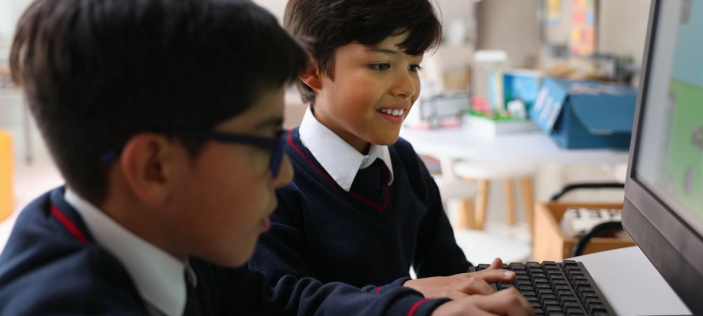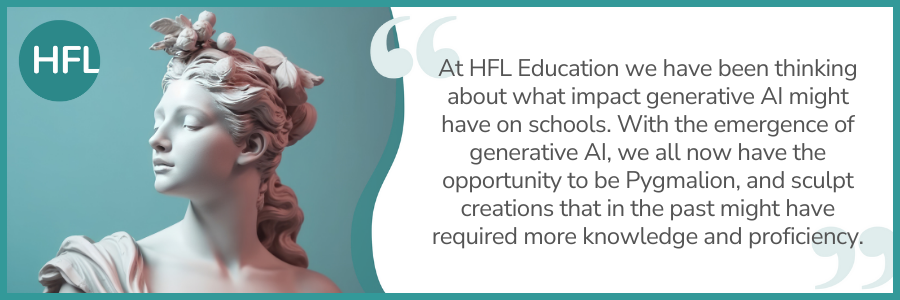
The Greek myths lie at the heart of some universal truths about humanity. These stories have transcended the passage of time and the Greek legend of Pygmalion is inextricably linked to the education arena. As the Ovid legend goes, Pygmalion, a sculptor, carved a statue of a woman so exquisite and lifelike that he fell hopelessly in love with it. His intense adoration and fervent prayers to the goddess Aphrodite brought the statue to life. Pygmalion married the statue turned woman and, unusually in Greek mythology, they lived happily ever after. This enchanting myth serves as a testament to the imaginative prowess of ancient civilizations but also holds a profound lesson about the power of belief and expectation.

At HFL Education we have been thinking about what impact generative AI might have on schools. With the emergence of generative AI, we all now have the opportunity to be Pygmalion, and sculpt creations that in the past might have required more knowledge and proficiency. Platforms such as Dall-E allow us to create pictures and photographs irrespective of our creative expertise (all the art in this post was created by a Generative AI).
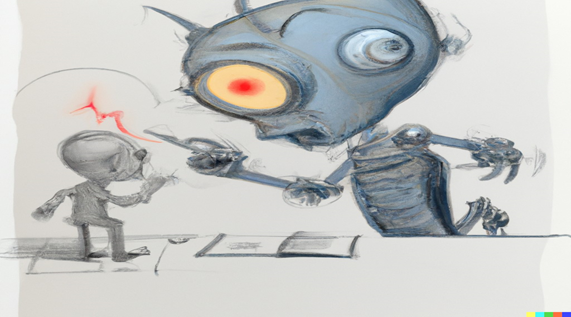
Interestingly, the Pygmalion correlation is often applied negatively in the realm of education. We talk about teachers having lower expectations for some groups of students than for others, rather than the power of teachers’ high expectations. This inverse relationship is sometimes referred to as the Golem effect. The Golem, initially a helpful character from Jewish folklore, becomes increasingly destructive due to the negative perceptions and beliefs of people who surround him. Both phenomena become particularly pronounced when considering the role of teacher expectations in shaping student performance.
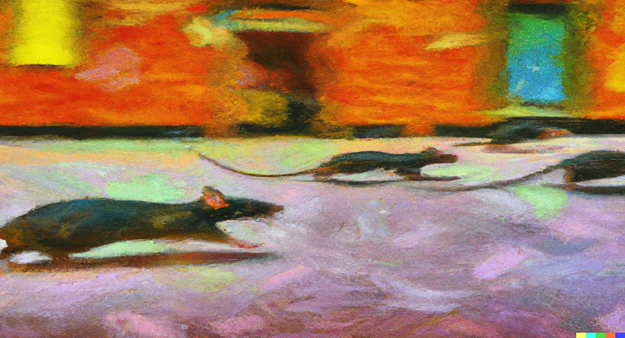
In the 1960s, Rosenthal conducted a study in which he told student researchers that one group of rats had superior intelligence to another. Remarkably, the students’ perceptions of the rats’ abilities led to a self-fulfilling prophecy. The ‘superior’ rats exhibited improved performance, not because of any innate traits but because the students treated them with greater care, attention and positive reinforcement.
This profound insight into the power of expectations didn’t remain confined to the world of rodents. Subsequent research by Rosenthal et al extended these findings to the realm of human education. In the school experiment, teachers were informed that certain students were intellectually gifted, irrespective of their actual abilities. Mirroring the rat trial, the students who were perceived as gifted, displayed heightened performance levels, affirming the astonishing impact of teacher expectations on academic achievement.
In 2005, a further series of studies delved deeper into the Pygmalion effect within educational settings. These investigations, which synthesized decades of research, confirmed the enduring relevance of the phenomenon. In the UK a study by Strand (2014) explored the relationship between teacher expectations and students from disadvantaged backgrounds. The research illuminated how teachers' perceptions of students' capabilities could either hinder or facilitate their academic growth. When educators maintained positive expectations and offered targeted support, students from disadvantaged backgrounds surpassed expectations.
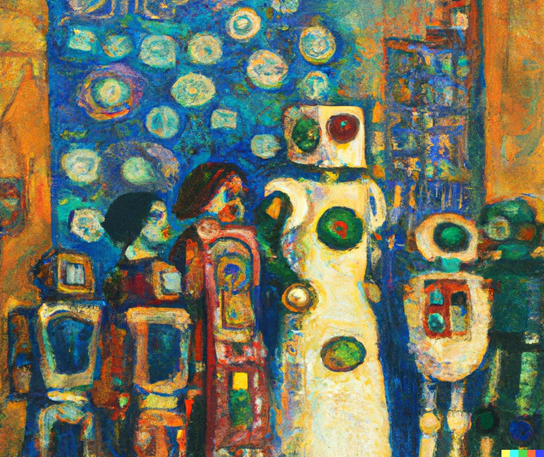
The dawn of generative AI seems to herald an era in which, much like Pygmalion, the opportunity to bring forth our deepest desires seems more possible, but this is accompanied by the knowledge that our greatest fears may also be unleashed. As we navigate our way through the uncharted waters of AI in education, it might be that the Pygmalion effect is a potential benefit for some groups of students who have in the past been disadvantaged by Golem. This seems most likely in the realm of personalised learning, on platforms such as Seneca which already exist in many of our schools. An AI powered system could analyse each student’s learning style, pace and misconceptions creating tailored exercises and resources to meet the student’s specific challenges. Best of all, this individualised approach is not influenced by subjective human beliefs about a student’s abilities. Or in other words an AI doesn’t roll its eyes when it has to explain a concept for the third time. Understanding more about AI, the potential and the pitfalls, is imperative for all of us working in education so we can make more informed decisions. In our quest for greater equity in education, AI and the power of expectation certainly seems to be an avenue worth exploring.
We have teamed up with the AI experts at Educate Ventures Research and school leaders to better understand how we can harness AI to unlock the potential in our classrooms. Join us on this transformative journey where we will explore the potential benefits and hazards of AI.
This blog post was written with the help of generative AI.
References
- Ovid. "Metamorphoses." Translation by A. D. Melville. Oxford University Press, 2008.
- Rosenthal, R., & Jacobson, L. (1968). Pygmalion in the Classroom: Teacher Expectation and Pupils' Intellectual Development. The Urban Review, 3(1), 16-20.
- Rosenthal, R., & Rubin, D. B. (1978). Interpersonal expectancy effects: The first 345 studies. The Behavioral and Brain Sciences, 1(3), 377-415.
- Hattie, J., & Yates, G. C. (2014). Visible Learning and the Science of How We Learn. Routledge.
- Strand, S. (2014). Revisiting ‘Pygmalion’: The relationship between students’ engagement with school and their educational outcomes. Educational Studies, 40(2), 169-185.
- Jussim, L., & Harber, K. D. (2005). Teacher expectations and self-fulfilling prophecies: Knowns and unknowns, resolved and unresolved controversies. Personality and Social Psychology Review, 9(2), 131-155.



